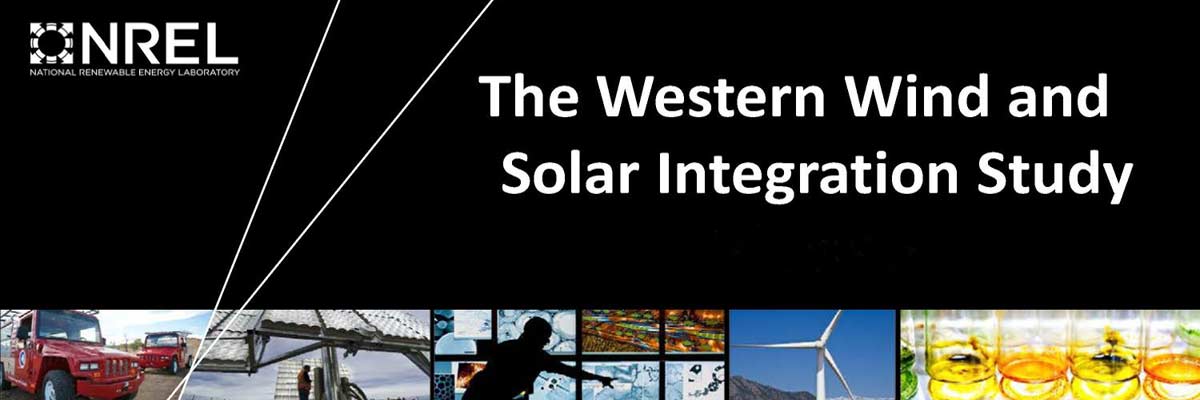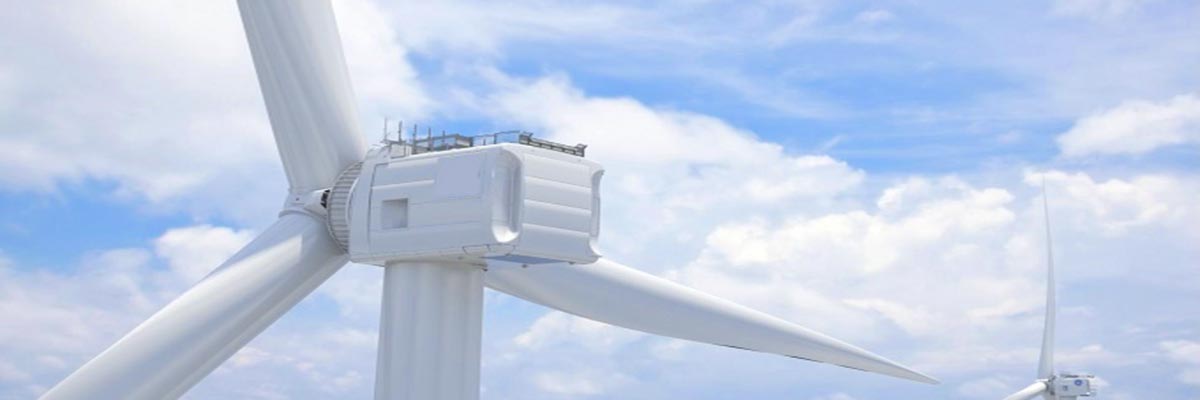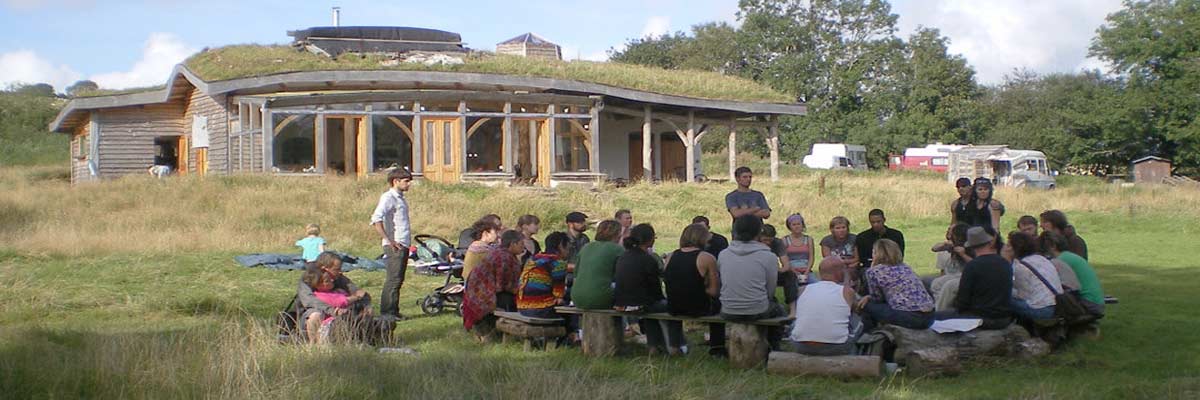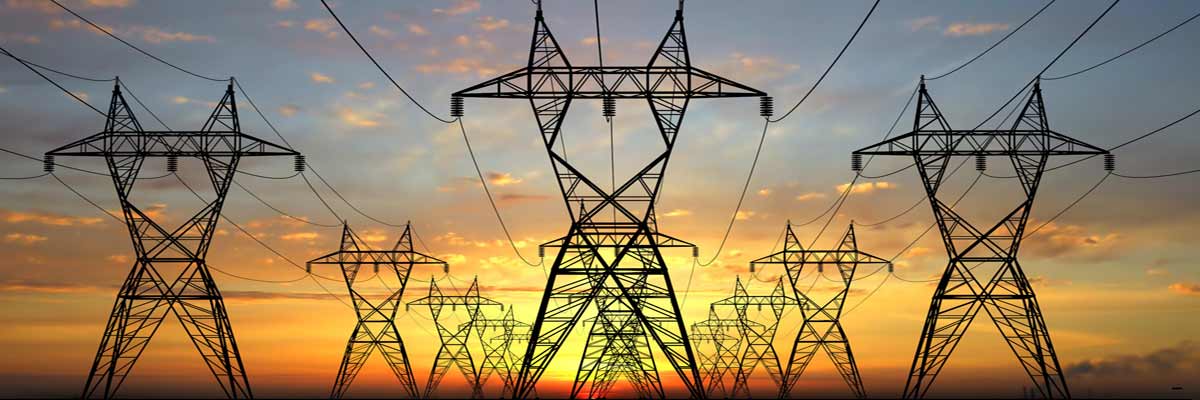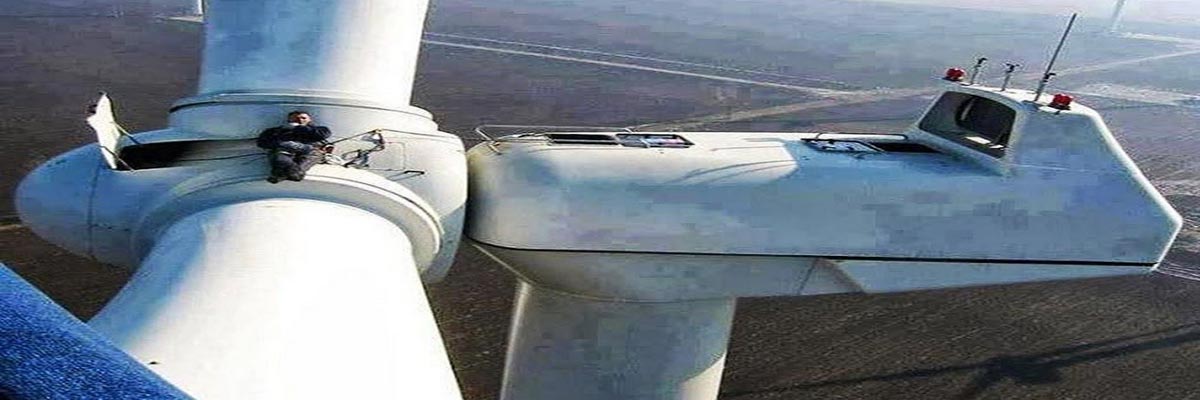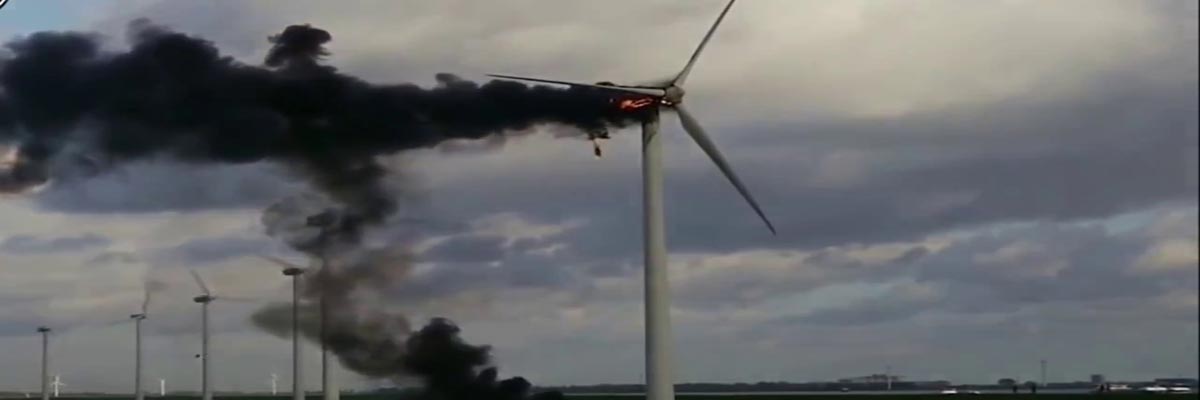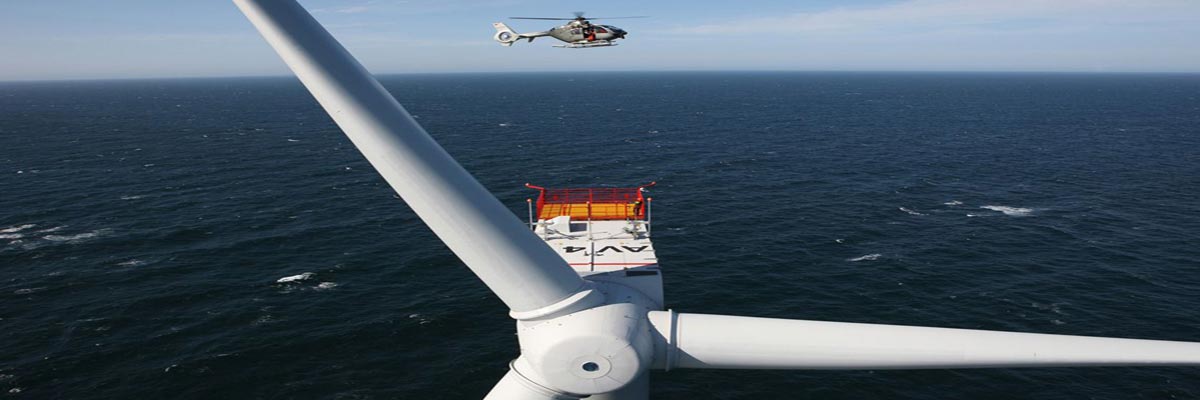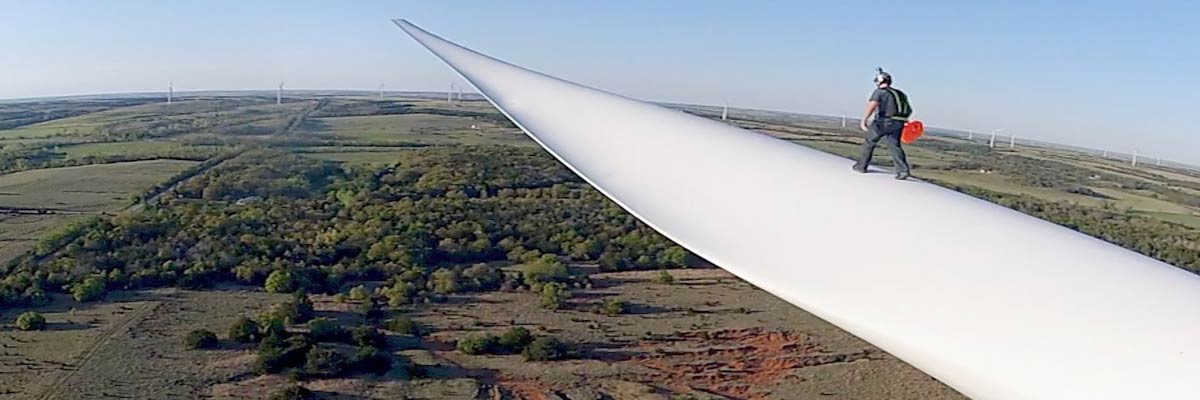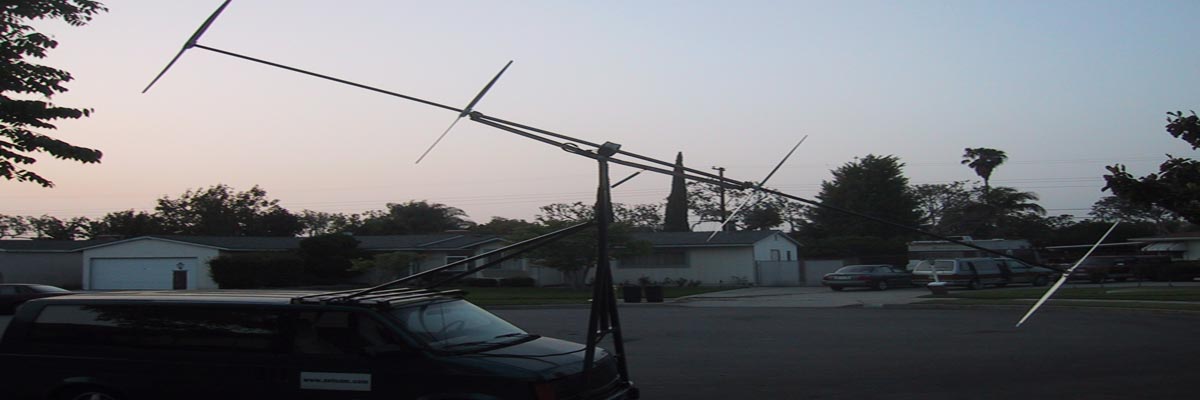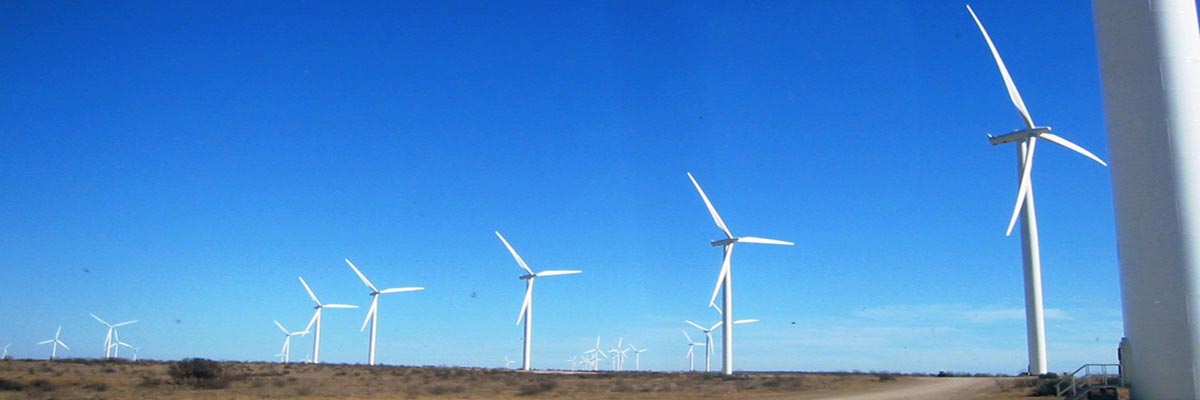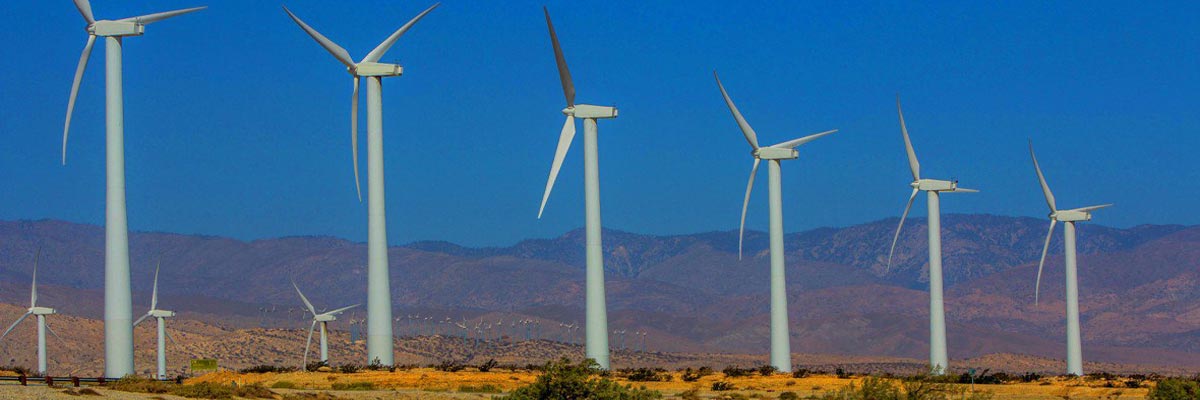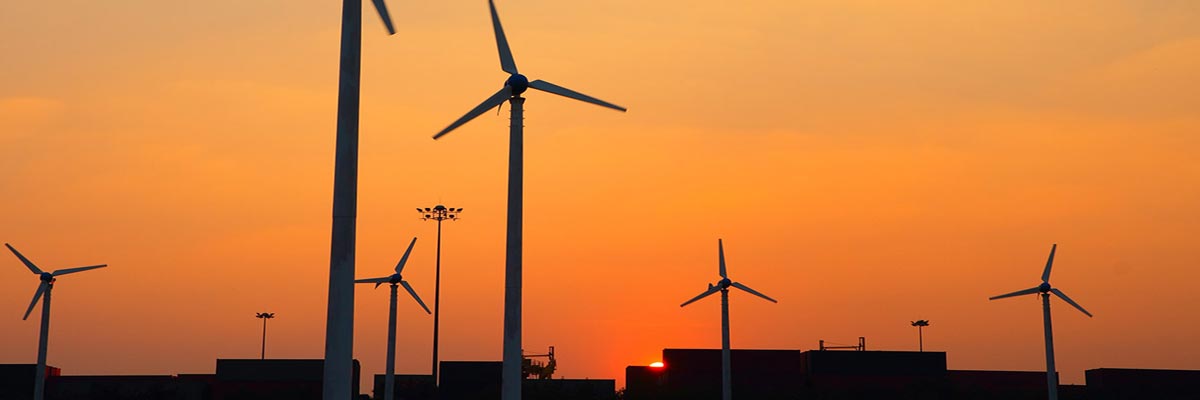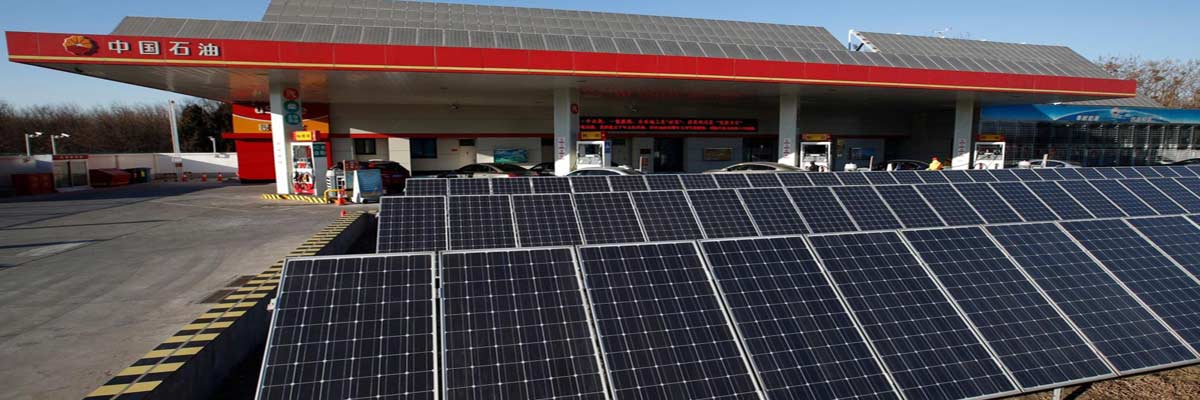My review of the NREL Western Wind and Solar Integration Study
The NREL/GE Energy WWSIS study appears to be built on several questionable assumptions, each allowing the modeled system (of up to 30% wind/5% solar in the West Connect within the great Western Interconnect) to withstand the inherent difficulties of large scale renewable integration. The primary issue, consistent with my dissertation research, is that the authors assume that we can afford to massively overbuild the capacity of the system, adding the large percentages of renewable generation on top of newly built and existing plants. This allows one to be able to ignore the hourly or sub-hourly periods with extremely low output from renewables, as well as the days or weeks at a time during the summer when wind production is well below yearly average output levels. An ample reserve is at the ready to step in when renewables perform poorly. Secondly and equally important, the authors assume that coal plants, which have traditionally run in a base load capacity, will be able to be operated very flexibly – on par with combined cycle gas plants.
World’s Largest Wind Turbine To Float Off Norway
We’ve seen mega-turbines before — but never one with an output of 10MW, and certainly not one that floats!
When completed, the world’s largest turbine will stand at roughly 533 feet with a rotor diameter of 475 feet. At three times more powerful than current turbines, it will be able to power over 2,000 homes. From Treehugger,
It will be built by the Norwegian company Sway and tested first on land in Oeygarden, southwestern Norway. Unlike most offshore wind projects where turbines rest on the seafloor, Sway turbines float. This means further offshore development where winds are stronger and more consistent.
The floating tower is a pole filled with ballast beneath the water creating low center of gravity. Anchored to the seabed with a single pipe and a suction anchor, it can tilt 5-8°, and turn around with the wind.
It’s expected that the prototype will cost close to $70 million and be completed sometime in 2011.
Renewable Energy Company Creating The Biggest Green Party You’ve Ever Seen
We love raucous festivals like Burning Man and music jamborees like Bonaroo, but we’ve never heard of one that combines the spirit of these events with the mission to actually accomplish something. Like building a build a micro wind turbine farm.
Such is the idea behind “Villages in the Sky: DIY World Change” — a a family-friendly renewable energy and sustainability celebration located in the Ozarks and scheduled for June 2010. Unlike gatherings that strive to leave things the way they were before anyone arrived, Villages in the Sky is looking to take advantage of crowd sourcing to create a better place than existed before. Participants will help build a micro wind turbine farm and bio-mass systems as well as giant play structures (zip lines, tree houses, ropes courses, etc). The entire event is internally cash free event which promotes a volunteer ethic and strangers working cooperatively for a shared goal. In fact, the main goal is to leave behind the beginnings of a locally self sufficient eco-village. Perhaps even one inspired by the Ewoks. From the website,
Wind Turbines On High Voltage Power Line Towers Wins NextGen Contest
I’m sure many environmentalists have passed power line towers while cruising in vehicles and wondered aloud, “Why can’t we just throw some wind turbines up there?” In fact, earlier last year, Ericsson unveiled the first-ever cell phone tower with a vertical-axis wind turbine integrated. If we can do it in cell phone towers, why not transmission towers?
That’s the question two architects and an engineer from France used as the starting point for their “Wind-It” concept — a a design to place wind turbines inside existing high-voltage electricity pylons. They’re also the winners of the 2009 Metropolis Magazine Next Generation Prize Challenge: “FIX OUR ENERGY ADDICTION.” $10K was given to the team to take their idea to the next level. From the article,
The Largest Wind Turbine Propeller We’ve Ever Seen Is 6MW Of Enormity
Remember that picture we had a few months back of a helicopter taking off of an enormous wind turbine? Yea, that 3.6MW behemoth today looks normal compared to this 6MW monster being installed in Germany. Apparently, it’s one of the two currently going up in the city of Hamburg. Huge — just huge.
The Jellyfish: A 36” Personal Wind Turbine For The Masses
Imagine a personal wind turbine that can power a home filled with LED lights — and also only cost $400. Such is the idea behind the Jellyfish — a 36” tall vertical-axis turbine that is a semi-finalist in Google’s 10 to the 100th contest–$10 million for the 5 ideas that helps the most people.
The inventor, Chad Maglaque, figures the total cost of the turbine could be brought down to only $199 — if subsidized with tax rebates. His current version, which he believes is only 12-to-18-months away from stores, is Wi-Fi and WiMax equipped and outputs 40 kWh a month. That’s not enough to take your home off-grid, but it would offset a percentage of energy consumption from other, not-so-green sources. Here’s a bit more detail from the website:
Wind Turbine Attacked By UFO, Investigation Underway
Could it be that the alien invasion promised in the film The Day The Earth Stood Still is underway? In the flick, if humans didn’t clean up their act with regards to the planet, a can of whoop-ass was going to be opened on them. According to some locals living in Lincolnshire, UK, such world ending promises are being carried out — on wind turbines of all things. From the article,
An investigation was under way today into how a 65ft blade was mysteriously torn off a wind turbine amid reports of “strange lights” in the sky. The 300ft turbine at Conisholme in Lincolnshire was left wrecked after the incident. The Sun quoted residents speculating that the damage could have been caused by a UFO. The Sun said flashing orange-yellow spheres had been seen by dozens of people in the area, including by Dorothy Willows, who lives half a mile from the scene of the incident. Ms Willows was in her car when she saw the lights. “She said: “The lights were moving across the sky towards the wind farm. Then I saw a low flying object. It was skimming across the sky towards the turbines.” The blade was ripped off hours later, at 4am.
Ever Wonder How Large Those Super-Big Wind Turbines Are?
Just one look at the above photo gives you a sense of just how large a 3.6MW wind turbine really is. The image comes to us from Eurocopter — who were just contracted to be used exclusively for wind farm maintenance in the UK. Apparently, these 3.6MW monsters are so tall that it’s a bit quicker to get up there via helicopter and make emergency repairs than to try and scale ‘em through the internal ladder system.
Called the “Greater Gabbard wind farm” near the East Anglia coast — the 140 turbines will be located 20 miles from land in the North Sea. When completed in 2010, it will be the largest wind farm in the world.
Base Jumping Off Of Wind Turbines Probably Not Legal
It was only a matter of time.
With most commercial turbines over 265 ft. tall, they were bound to attract the base jumping crowd. Thing is, they’re not the easiest things to get access to — so we’re wondering whether this crew has an inside man to let them climb to the top. Not to mention turn off the turbine for the jump. Nice view, though.
The Selsam SuperTurbine Will Submerge During Rough Seas!
The Selsam SuperTurbine is one of the best designs I’ve seen yet for a wind turbine that can survive the hostile open seas. It also looks like it might be a bit of a bitch to navigate through with a tanker — not to mention the description states “the SuperTurbine probably won’t sink a vessel.” Makes you feel warm and cozy inside, doesn’t it? Still, based on designs, it looks like the pitch of the turbine should be high enough to keep you safe.
The advantages of this design are many. First, during large and fierce storms, these deep water turbines may intentionally lay down by flooding chambers, or even completely submerge to survive. Bonus! Second, flotation near the surface forms a fulcrum, with the weight of the rotors and driveshaft balanced by a downward force from the mooring below. According to the site, this allows the turbine to bend similar to arching your back to take advantage of wind patterns much more easily. Additionally, the rotors can be staggered, spiral, or in line.
Ducted Wind Turbine Provides Efficient Rooftop Energy
A company named Marquiss Wind Power has successfully finished raising $1.3 million for development of its Ducted Wind Turbines. Unlike their much larger counterparts, ducted turbines are boxy and stand about 19ft tall. Despite what appears to be aerodynamic disadvantages, this shape actually allows the turbine to re-orient itself according to the direction of air flow; something that can be a bit random in urban centers. The ducting is intended to increase wind speed as it approaches the blades. According to the website, these factors combine to allow the power output from the MWP turbine to exceed that of any traditionally designed comparable turbine. From the article,
At the moment, two models are sold — one intended for areas with wind speeds of 6-10 mph, and another for higher average speeds. The turbines are intended for buildings between one and three stories tall.
It sure ain’t elegant — but there’s a lot of science at play with this design. I especially like that AeropointT500 can operate in low wind speeds. I have no ideas on price — but hopefully that $1.3 million will go a long way to fleshing this product out a bit more.
One Trillion Reasons To Invest In Clean, Green Energy
U.S. Bank Morgan Stanley has estimated that global sales from clean energy sources such as wind, solar and geothermal power and biofuels could grow to as much as $1 trillion a year by 2030. In the meantime, the market may hit $505 billion in sales by 2020 — almost 9 times the level in 2005. Not a bad idea to invest, right?
Well, maybe. While it’s a sure bet that renewable energy will grow in percentage sales of global energy sources; there’s no telling how rapid or sustained such growth might be. Morgan Stanley was clear to indicate that current numbers are based on bullish investments, the rising value of oil, and current worldwide concerns over global warming. A change in any number of these factors could affect the industry. From the article,
Iowa State Fair Builds Wind Turbine To Power Rides, Grounds
You know the fair is coming to town when flatbed trucks loaded with rides guaranteed to make you sick start appearing. This year in Iowa, another thing that spins is making an appearance — the creation of a 133ft. tall wind turbine for the Iowa State Fair.
Built by MidAmerican Energy Co. as part of its Renewable Advantage Program, the turbine will power all the rides and grounds for the extent of the fair. According to installers, the entire site could be taken off-grid as a result. We’re guessing this is a 1.65MW variety turbine. From the article,
New Study Says Wind A Cheaper, Efficient Alternative To Nuclear
A report commissioned in the Netherlands and leaked to a Dutch newspaper confirms that wind power will quickly replace nuclear energy as the fossil fuel alternative of choice. The researchers concluded that not only will technological advances in the coming years make wind financially competitive but also security costs tied to nuclear energy will further add to the value. From the article,
“According to the report by the Energy Research Centre (ECN), the cost price of electricity production – around 6.6 euro-cents per kilowatt hour – is already comparable.
However nuclear power is more expensive if the additional costs of security against terrorist attacks is taken into account. Meanwhile technological advancement will make wind power increasingly cheaper in the coming years.
Don’t Mess With Texas On Wind Power?
The last place you would expect the world’s largest wind farm to reside would be the state of Texas. The Lonestar State has for many decades been a poster child for the oil industry. A wealthy oilman and investor by the name of Boone Pickens is turning a greener shade and hoping to cash in on the burgeoning U.S. renewable energy industry. From the article,
“Pickens’ proposed new energy gamble is important to Texas because it could put the state another significant step toward reducing its heavy reliance on fossil fuels for electricity generation. It also could help solidify Texas’ No. 1 ranking among the 50 states in wind power generation capacity.
Never accused of thinking small, Pickens could put as many as 2,000 wind turbines on nearly 200,000 acres in thinly populated Gray, Roberts, Hemphill and Wheeler counties. He’s talking about generating 2,000 to 4,000 megawatt, roughly the equivalent of one or two Comanche Peak nuclear power plants and enough juice to power several hundred thousand homes.”
China To Invest $200 Billion In Renewable Energy Within 15 Years
Can you imagine if the U.S. posted that type of initiative? Hey! You in the back that still believes the U.S. is the smartest country in the world, sit down. China’s economy isn’t the only thing roaring to life. Their renewable energy initiatives are quickly eclipsing anything close to what the U.S. is considering and American companies are eager to partner up and get a piece of the action. Sadly, if the U.S. does eventually wake up, most suppliers will probably be tied up in China! From the article,
“Beijing wants a tenth of its energy to come from environmentally friendly sources by 2010 – a desire driven by soaring air pollution and chronic environmental degradation that is swelling medical bills and provoking discontent.
Projects will need turbines, blades and other power components, which is why General Electric Co, Vestas Wind Systems and Gamesa, as well as homegrown firms China Solar Energy Holdings Ltd. and Suntech, are expanding capacity in the country. “Renewable energy will likely become China’s next boom sector with oil at historical high prices,” said Norman Ho, a fund manager at Value Partners, which has invested in Chinese wind energy components supplier Nanjing Gearbox.”
Wind developers in all areas from manufacturing to design have got to be especially pleased; the compound annual growth rate of China’s wind power capacity will be 39% in 2004-10 and 20% in 2010-20! Hit the jump for more!
Trade In Your Cell Phone or PDA, Receive A TerraPass Gift Certificate!
Cell phones are cool and all–but most people simply shove them in a drawer–or worse–chuck ‘em when they’re finished. In fact, almost 130 million surplus cellphones are created each year in America–weighing in at clost to 65,000 tons! Well, TerraPass has some up with a unique way of solving this problem by partnering up with RIPMobile. From the press release, “RIPMobile recycles used cell phones and PDAs. They also happen to be leaders in their industry for environmental best practices. Unlike many recyclers, RIPMobile will accept any used cell phone, regardless of economic value. They’ll even pay your postage. RIPMobile handles all materials according to EPA standards and in compliance with the stringent requirements of the Basel Action Network.” The great thing about this new partnership is that TerraPass will pay you in gift certificates for your old phones. So, if you’ve been delaying off-setting your SUV with some carbon credits, now’s your chance to kill two birds with one stone! Almost every phone will net you some type of value–from a lowly old Motorola for $2 to a new RAZR for $75. (My expired Samsung came in at $32–not too shabby!). Check it out at TerraPass and–while your’re there–get that car taken care of!
